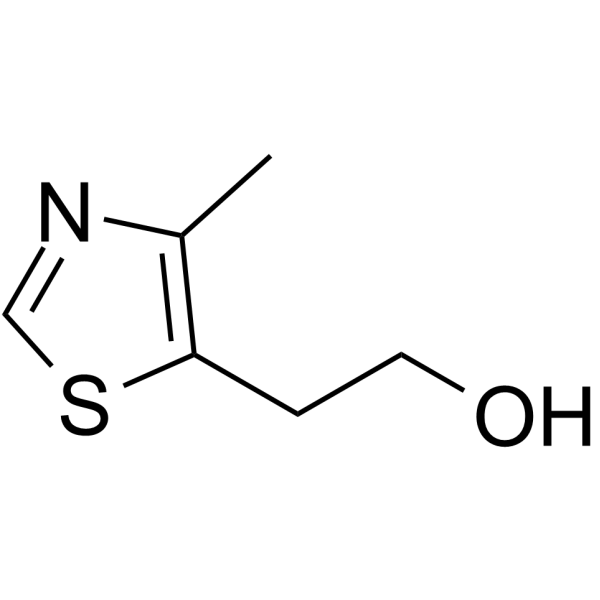Amiloride toxicity in the fission yeast Schizosaccharomyces pombe is released by thiamine and mutations in the thiamine-repressible gene car1.
C Niederberger, H Fankhauser, E Edenharter, M E Schweingruber
Index: Gene 171(1) , 119-22, (1996)
Full Text: HTML
Abstract
Amiloride (Am) inhibits growth in the fission yeast Schizosaccharomyces pombe. We show that the toxic effect of this drug is relieved by low concentrations of thiamine (Th) and that the pyrimidine moiety of the Th molecule is responsible for growth inhibition release. A putative membrane protein encoded by the car1 gene is the target for Am action. It is responsible for Am sensitivity and is involved in the utilization of Th and its biosynthetic precursor, 4-amino-5-hydroxymethyl-2-methylpyrimidine. Its expression is repressed by Th and is under the genetic control of the genes, thi1, tnr1, tnr2 and tnr3, which have previously been shown to be responsible for the transcriptional control of genes involved in the biosynthesis and dephosphorylation of Th.
Related Compounds
| Structure | Name/CAS No. | Molecular Formula | Articles |
|---|---|---|---|
 |
Sulfurol
CAS:137-00-8 |
C6H9NOS |
|
Metabolomic profiling of Burkholderia pseudomallei using UHP...
2015-01-01 [Cell Biosci. 5 , 26, (2015)] |
|
Synthesis and odor evaluation of five new sulfur-containing ...
2010-08-01 [Molecules 15(8) , 5104-11, (2010)] |
|
Characterization of thiI, a new gene involved in thiazole bi...
1997-07-01 [J. Bacteriol. 179(13) , 4399-402, (1997)] |
|
Transport of thiamine and 4-methyl-5-hydroxyethylthiazole by...
1983-11-23 [Biochim. Biophys. Acta 735(3) , 331-6, (1983)] |
|
A positive regulatory gene, THI3, is required for thiamine m...
1992-07-01 [J. Bacteriol. 174(14) , 4701-6, (1992)] |